Mother’s (May) or Father’s (June) Day Science Activity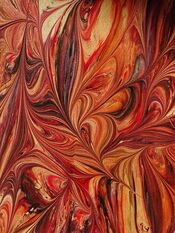
You can teach science and history at the same time as you show students how to artistically create cards to honor moms and/or dads on their special days. The cards we will be made using a paper marbling technique. Paper marbling is a method in which colors floating on a liquid surface are transferred onto paper to create a marbled pattern. The History of Paper Marbling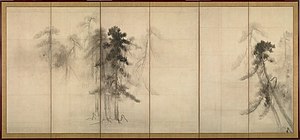
Paper marbling originated in Japan around the twelfth century. Some believe it was discovered when sumi (black) ink paintings were accidentally submerged in water. The ink floated to the surface and paper was put on the floating ink, lifting it up, and preserving the image. This technique was termed Suminagashi, or "ink floating."
Another type of marbling, Ebru, Turkish for "cloud art," originated in Turkey, Persia, and India in the fifteenth century. The Turkish marblers used thickened water, which was like the marbling solutions of today. Detailed combed and flowing designs were created.
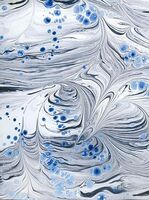
During the sixteenth and seventeenth centuries marbling spread to Europe, but the trade secrets were kept by only a handful of people. They named patterns after their countries: i.e., Old Dutch, French Curl, and Italian Hair Vein, which are still used today. Most marbling at that time was used for decorative bookbinding. 
Finally, in 1853, the secret was revealed, and the process eventually came to the United States. But, with automation and the mass production of books, fine craftsmanship was not valued over high volume and marbling became less popular. In the 1970s crafts and handmade books emerged and helped renew marbling as an art form. Today, we can appreciate the beauty of marbling, but also understand it’s scientific component, as well.
Mother’s Day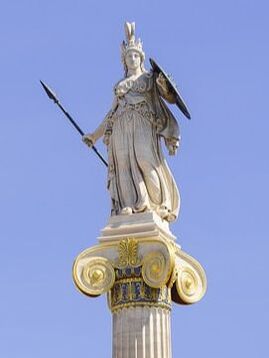
Celebrations of mothers and motherhood can be traced back to the ancient Greeks and Romans, who held festivals in honor of mother goddesses. In the US, Mother’s Day arose because of the efforts of Anna Jarvis, daughter of Ann Reeves Jarvis. Following her mother’s death in 1905, Anna Jarvis saw Mother’s Day as a way of honoring the sacrifices mothers made for their children. 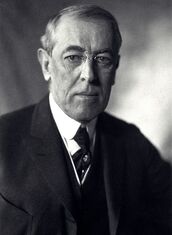
She organized the first official Mother’s Day celebration in May 1908. Thousands of people participated. Following on that success, Jarvis—who remained childless her whole life—resolved to see the holiday added to the national calendar. By 1912 many states had adopted Mother’s Day as an annual holiday. In 1914 President Woodrow Wilson signed a measure establishing the second Sunday in May as Mother’s Day. 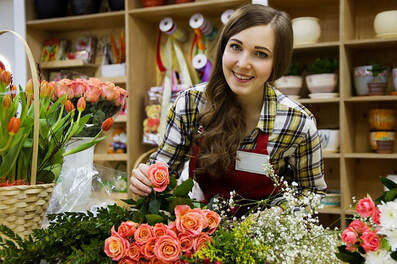
Although Anna Jarvis had originally conceived of Mother’s Day as a day of private family celebration, florists, card companies, and other merchants began to capitalize on its popularity. By 1920 Jarvis was disgusted with the commercialization of the holiday and urged people to stop buying Mother’s Day flowers, cards, and candies. She spent her personal wealth working to remove Mother’s Day from the American calendar.
Anna Jarvis died in 1948, but Mother's Day remains. It is celebrated yearly on the second Sunday in May. Father’s Day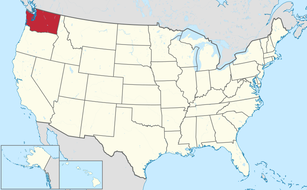
Sonora Smart Dodd, one of six children who had been raised by a widower, wanted to recognize fathers with a special day. She went to local churches, the YMCA, shopkeepers, and government officials to drum up support for her idea. As a result of her efforts, Washington State celebrated the nation’s first statewide Father’s Day on June 19, 1910.
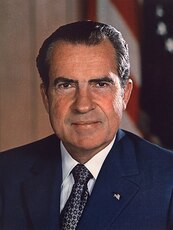
Although the holiday slowly began to be celebrated in other areas, it was not until President Nixon signed a proclamation in 1972, that Father’s Day became a nationwide holiday. It is celebrated on the third Sunday of June in the US. Worldwide, Father’s Day is celebrated on different dates with varied customs. Parent’s Day?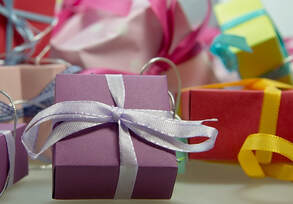
Although there have been efforts to combine Mother’s and Father’s Days into a single Parent’s Day, retailers and advertisers contend that the commercialization is necessary. Two holidays mean even greater opportunities to sell neckties, hats, socks, slippers, sporting goods, flowers, candy, and greeting cards. Reject Commercialization + Learn Science = Make Marbled Cards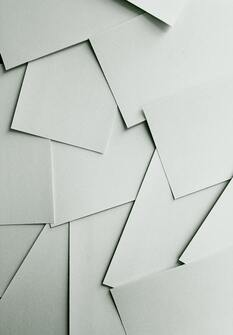
Marbled cards are easy to make and you probably have most of the materials needed lying around the house. You need baking pans/trays, shaving cream, a spoon, toothpicks, food coloring, cardstock, a ruler, and separate spray bottles of water, vegetable oil, and rubbing alcohol. (Use the spray bottles if you want to increase the sciency-ness of the activity). CHECK OUT MY TIKTOK VIDEO DEMONSTRATION BELOW, AND THEN READ ON FOR MORE DETAILS!
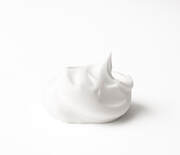
To make marbled cards, simply spray shaving cream on the bottom of a pan/tray and add drops of food coloring. Then use a toothpick to swirl the food coloring around. Let the foam sit for about one minute and then press one side of a folded piece of card stock on the shaving cream pattern. Use a the ruler to scrape the excess shaving cream off the card. Allow the card to dry and then write a message inside and present it to your honored recipient!
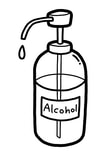
To increase the sciency-ness of the activity, make separate trays of shaving cream designs, but before the card stock is pressed onto the cream, spray each pattern with water, vegetable oil, or rubbing alcohol, respectively. The Science of Paper Marbling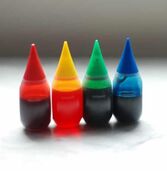
Marbling techniques involve several science concepts. This activity uses a variation of ebru marbling. In ebru, paints are traditionally floated on the surface of a thick cellulose solution (called "size"). Instead, we used shaving cream! The floating paints (here, food coloring was used) are then swirled into patterns.
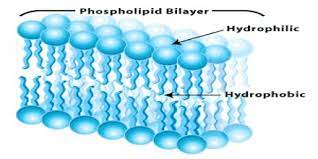
Shaving cream is made of a mixture of soap, water, and a gas that can turn liquid into foam when you spray it out of the bottle. Soap is a surfactant, which means its molecule has a hydrophilic (water-loving) and hydrophobic (water-repelling) end.
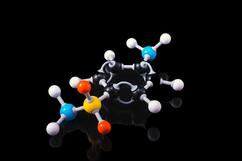
Food coloring is a mixture of dye in water or alcohol. It is hydrophilic. When food coloring is dropped on shaving cream it won’t soak in. That is because it can only interact with the hydrophilic parts of the soap molecules; Food coloring is repelled by the hydrophobic ends of the soap molecules. Even when swirled with a toothpick, there is still a distinct separation between the color and the shaving cream.
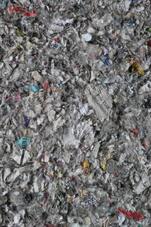
When paper is placed on top of the colors, the food dye soaks into it, transferring the pattern onto the paper’s surface. This is because paper is made from wood pulp, which mainly consists of cellulose, a hydrophilic molecule.
If water is sprayed on top of the color pattern before the paper is put on top, the food dye mixes with the water and is carried into the deeper layers of the foam. This is what makes the color pattern look more washed out after adding the water.
Here is an detailed write-up of the card-making steps, along with additional activities and analysis questions.
0 Comments
Leave a Reply. |
AuthorGertrude Katz has spent over 30 years teaching K-12 public school students all major subjects. She has taught biology and education at the college level. The majority of her career has been spent instructing biology at the secondary level. Categories
All
|
 RSS Feed
RSS Feed